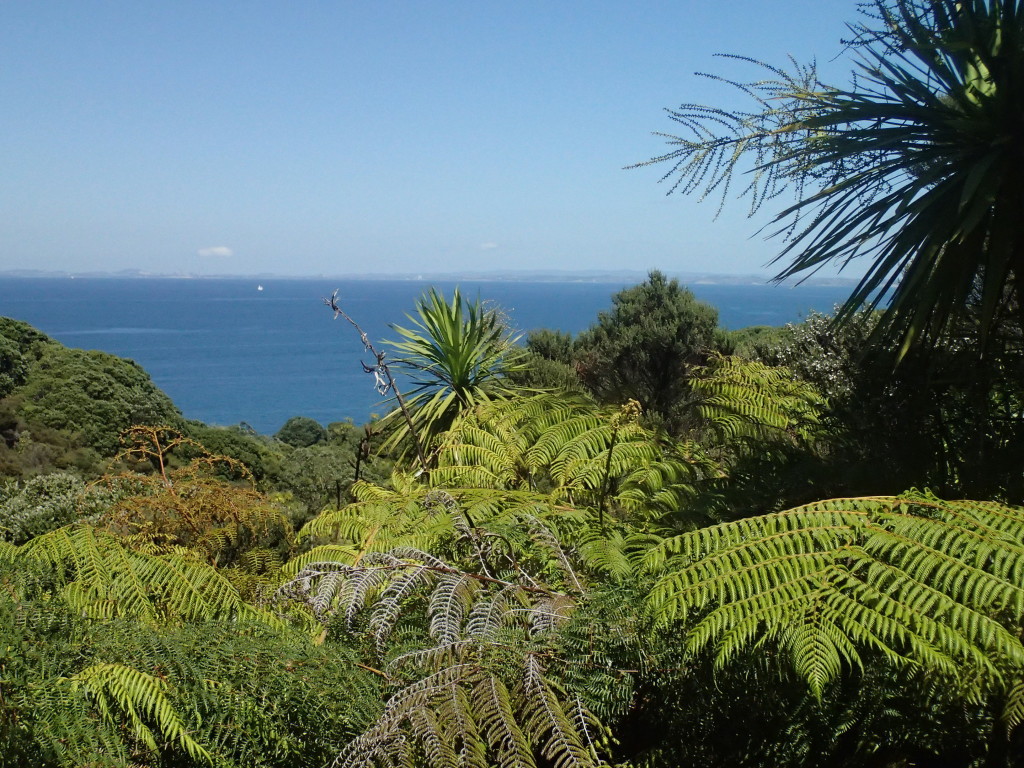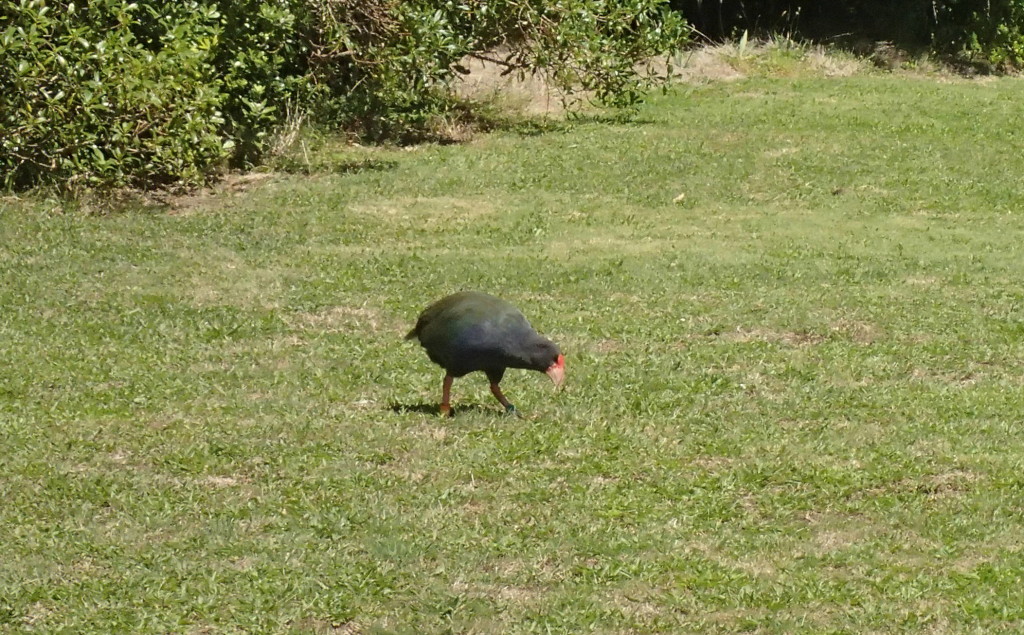
Just off the coast of Gulf Harbour in the Whangaparaoa peninsula, an hour drive from Auckland, is Tiritiri Matangi island. The island serves as a sanctuary for many endemic species, mainly birds, and is free from pests and rodents that trouble the mainland.
New Zealand, in its earliest stages when it first broke off from the ancient Gondwana continent 84 million of yeas ago, developed into a unique ecosystem without the four-legged predatory mammals that populate so many other regions. Birds were free to fill the evolutionary gap and many two-legged flightless birds evolved. Most notable of course is the Kiwi but also the extinct 3.7 metre long giant Moa, a huge bird similar to the ostrich, roamed the islands until a few centuries ago.
When the Maori came in their Polynesian double-hull canoes some 800 years ago, they brought with them dogs and Polynesian rats. Not being able to fly and the instinct to stand still in the face of danger, a tactic to avoid detection by eagles, proved to be very poor evolutionary mechanisms against these new predators and the bird population was quickly decimated. European settlers, bringing with them feral cats, stouts, weasels and opossums, further aggravated the situation, not in the least by cutting down large patches of forest, thereby robbing the birds of their natural habitat.
Nowadays, the kiwi and other flightless victims have all but disappeared from the mainland but in the last decades many conservation areas have been set up to provide new shelter for the endangered species. While it is impossible to rid the mainland of dogs, cats and other predators and pests, it is possible to do this on the many small to medium islands that surround the bigger North and South Island.
Tiritiri Matangi Island is such a conservation area and the interesting thing about it is that it has mainly turned into this due to the efforts of thousands of volunteers and private companies. In the last forty years, scores of ordinary citizens, schools, company off-sites and trained volunteers have come to the island to plant native trees and rid it of unwanted inhabitants. The island has been thoroughly transformed from scrub and farmland to a lush unspoilt forested landscape. Native birds have been re-introduced as well as other species such as the giant weta and they are thriving as far as possible on such a small island. The best thing however, is that it is open for visitors and a ferry crosses the distance almost every day, carrying about a hundred people. It’s even possible to spend the night on the island but you’ll have to be entirely self-sufficient and take food with you. This is a great idea if you’re trying to spot the nocturnal kiwi, which is nearly impossible during the day.
You can take a ferry (20 mins) plus guided tour from Gulf Harbour for about 60 NZD. The same ferry also goes directly from Auckland for a slightly higher price but then takes 1h 15 mins. The island has a nice rocky beach to relax when you are done walking as well as a lighthouse on the top of the island that for a while was the brightest in all the Southern Hemisphere. Kids can fill in an activity book for the island after which they receive a Kiwi Ranger badge in the visitor centre.
